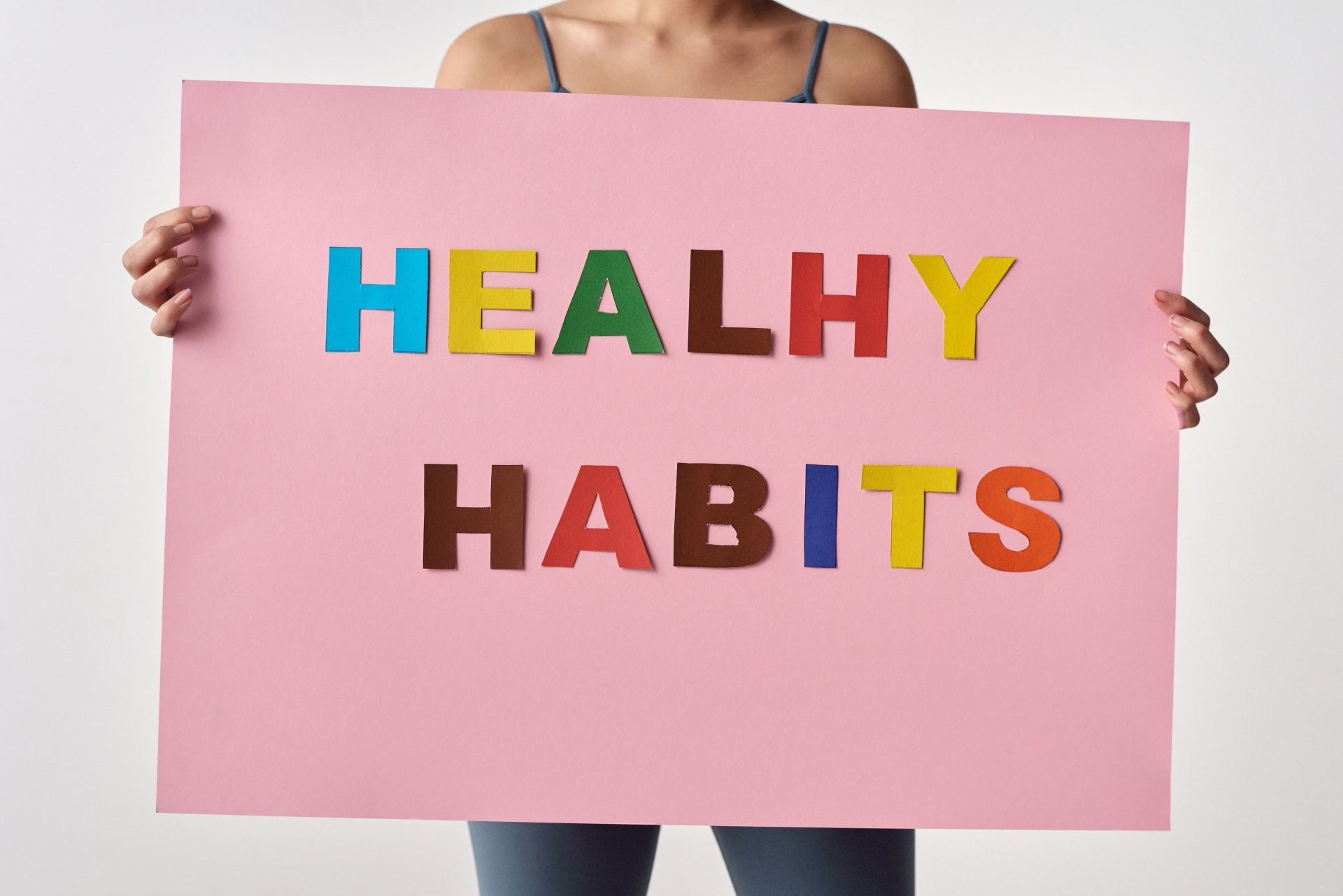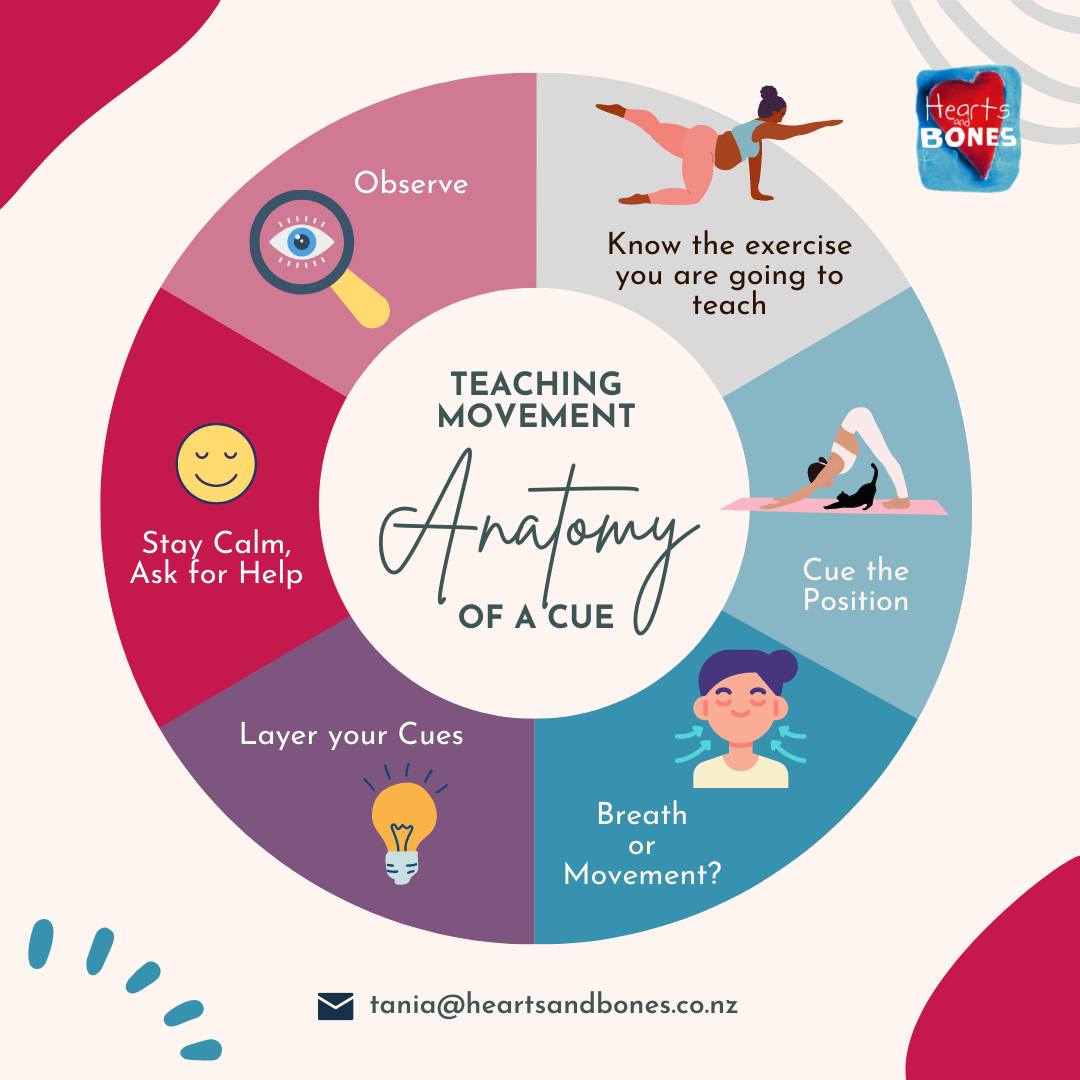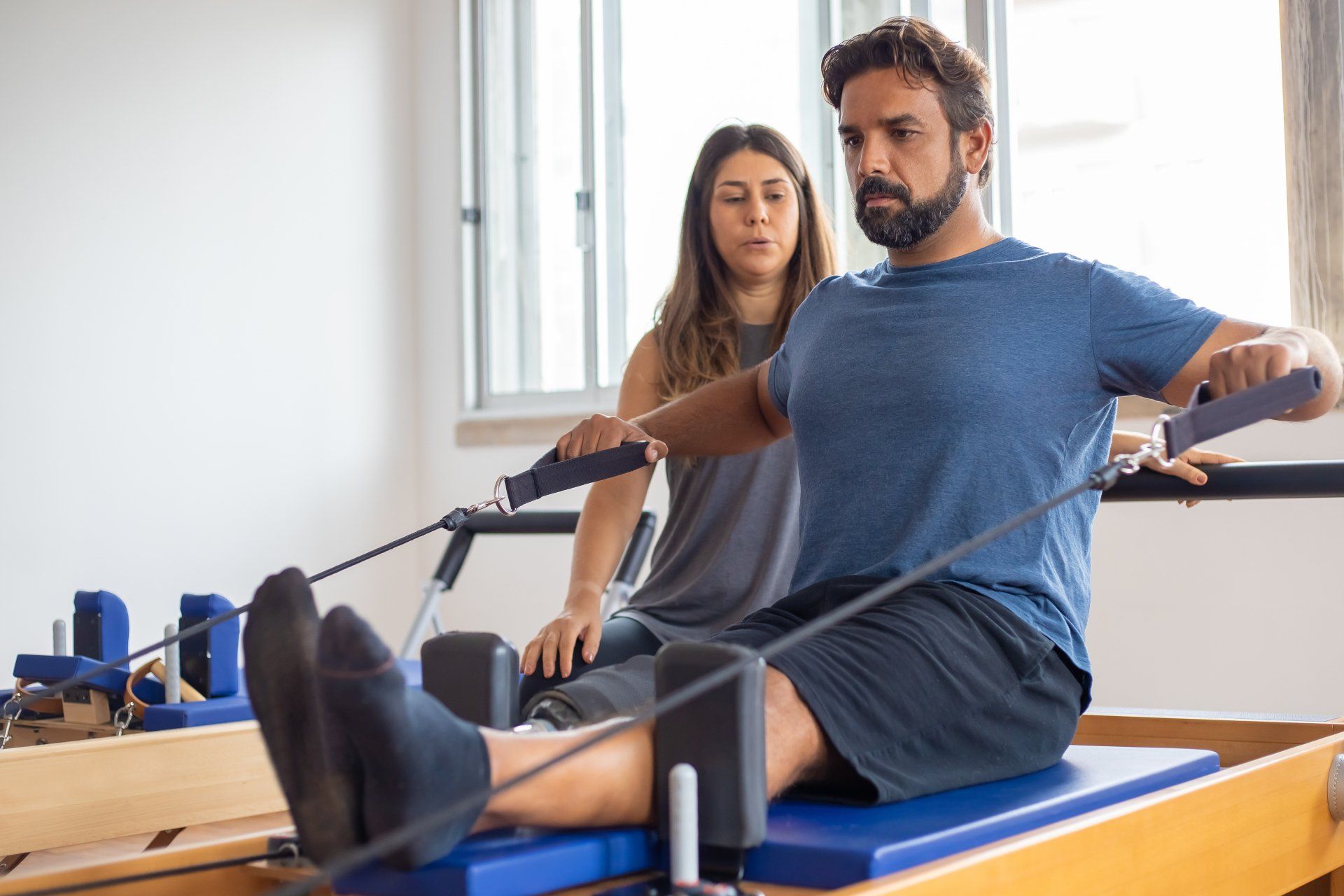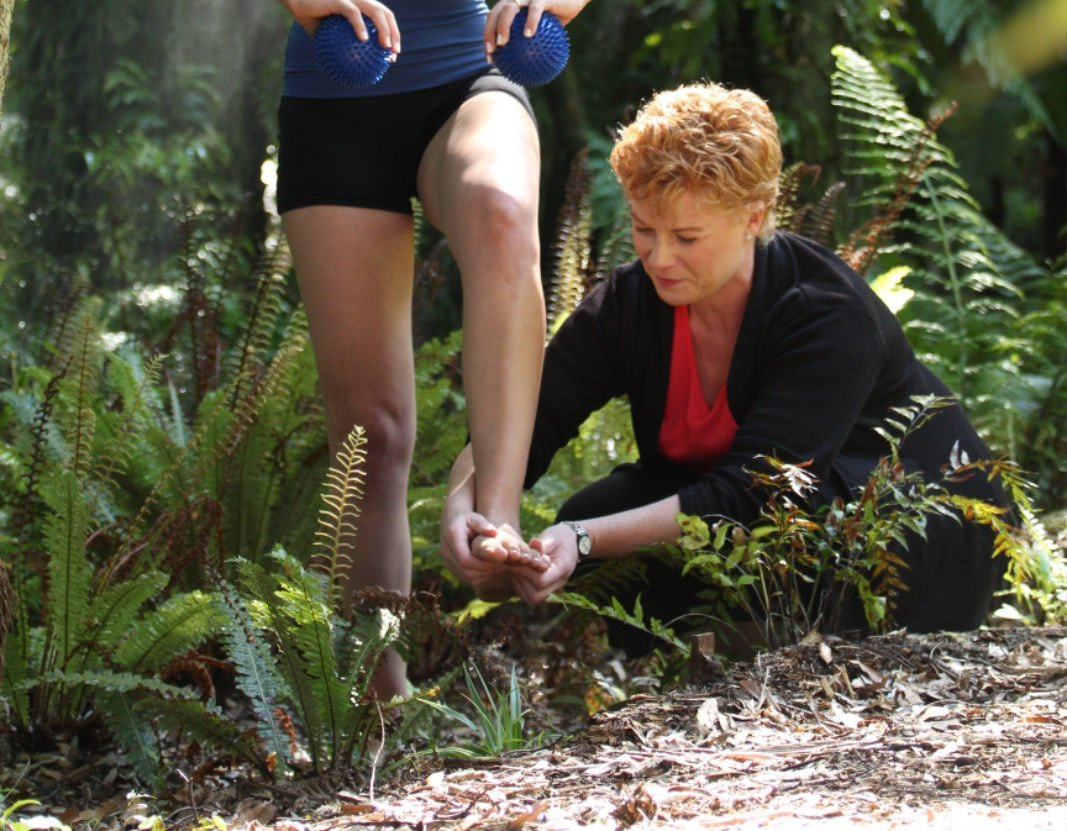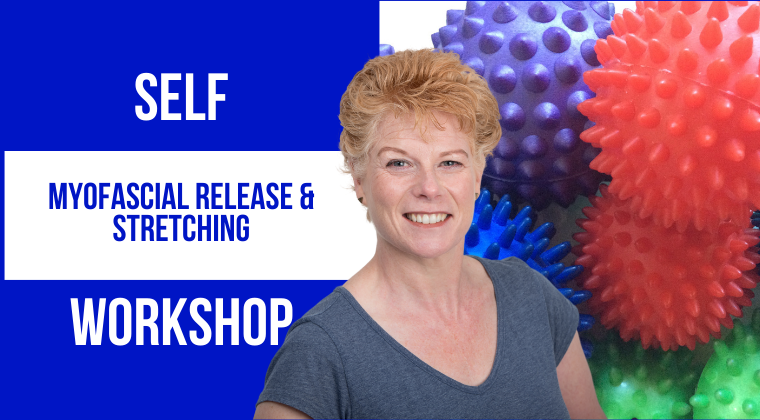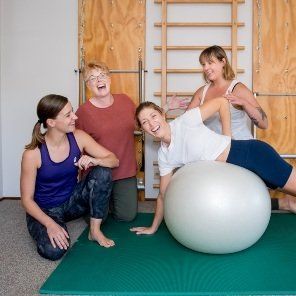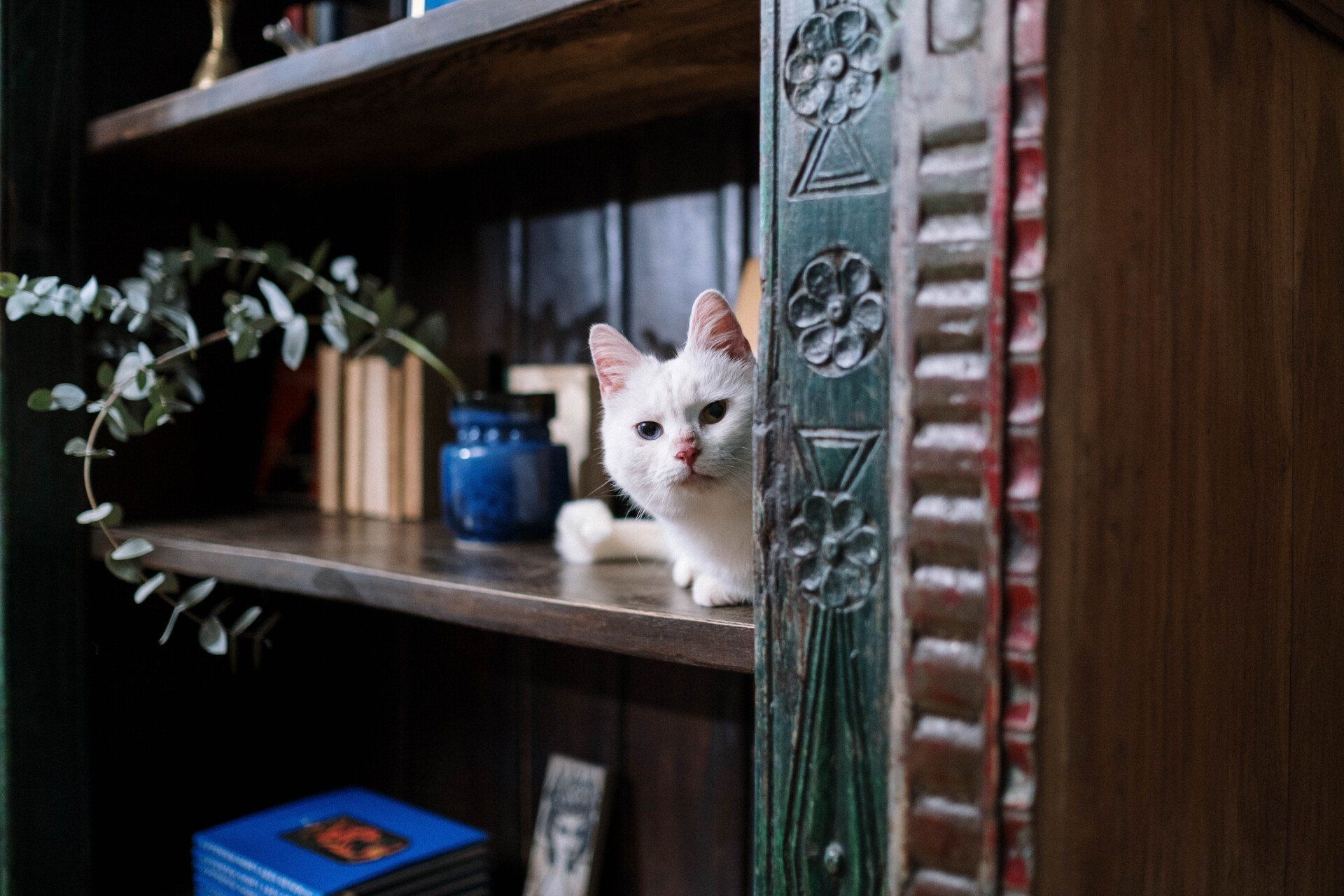Finding your neutral alignment
Finding your neutral alignment
Read our easy-to-follow instructions about how to find your neutral postural alignment.
Finding neutral alignment while lying on your back
- Lie on the floor on your back.
- Bend your knees and place your feet on the floor.
- Make sure your heels are in line with your sitting bones and your pelvis is in neutral alignment.
- You should not experience pain in this position, but you may feel slightly uncomfortable as the muscles release into this ‘new’ position.
- Gently sway your knees from side to side to release the discomfort, and then try to find your neutral pelvic alignment again.
- Now bring your focus to your rib cage, neck, and shoulder areas.
- Relax all 12 pairs of ribs so that they touch the floor.
- Do this gently, without force.
- Imagine your collarbones opening sideways.
- Feel your shoulder blades sinking towards the floor.
- Finally, relax the chin down just a little bit to release muscles in the back of the neck. If your neck is very tight and your chin feels like it is jutting up towards the ceiling, you may need to fold a hand towel and place it under your head to help relax your neck.
- Breathe deeply and evenly as you relax and become aware of your body from your feet to your head.
This is the most common starting position used in Pilates exercises. It's a great position for noticing how your pelvis, rib cage, and head relate to each other, and how the spine gently undulates as it connects these three main body weights.
Finding neutral alignment while standing
Once you are familiar with how your body feels neutrally aligned on the floor, you can try finding your alignment while standing.
Use a full-length mirror to help you. Aligning your spine in standing involves finding reference points on your body that you then align vertically.
- Start at the side of the ankle where the ankle bone sticks out, and then identify points at the side of your knee and the side of your hip.
- The side of your rib cage balances your shoulder girdle and your head, as the line continues up through the mid-line of the ear.
- The line is like a seam in a full body-suit, running up the side of your body.
- Make sure your seam is as straight as possible.
- At the same time, keep your shoulders relaxed — drawn down from your ears and wide across your back to help your balance.
- Keep most of your weight balanced over your heels and stay lengthened through your spine. to bring your reference points back in line with your imaginary vertical line. A backwards-leaning posture can put a lot of extra pressure on your lower back and can cause pain and poor balance. Try also to keep your lower back lengthened.
- You should still be able to breathe easily without effort. Don’t try too hard as this will just make you tense and create more discomfort.
- Try to maintain the distance between your head and tailbone.
Visualisation to help find and maintain your postural alignment
Here are some images that may help you find and maintain your alignment.
Champagne bottle
Think of your torso as a champagne bottle, with the cork sitting on the crown of the head and the base in your pelvis.
Feel the champagne bubbles rising up through your spine, lengthening it and effortlessly separating your 3 main body weights — head, rib cage, and pelvis.
Relax the tension out of your shoulders by imagining that your shoulders are like the condensation forming on the champagne bottle that's gently rolling down toward the base of the bottle.
Hot air balloon
Imagine your pelvis is the basket of a hot air balloon, your abdominals are the ropes that keep the basket and balloon apart, and your ribcage and head form the brightly coloured silk balloon.
Your breath is the flame that lifts you into the air.
Your feet are like gravity trying to pull you back down to earth.
Boat and anchor
Your head is a boat gently bobbing on the waves and your tailbone is the anchor resting on the seabed.
The chain linking the boat to the anchor is like your spine, ready for movement with the currents in the water.

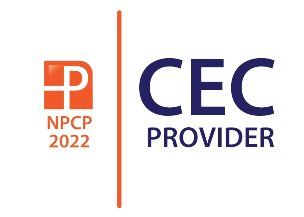
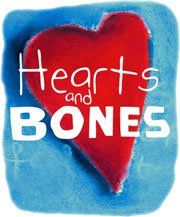
Hearts & Bones Pilates Centre. All rights reserved. Please comment to: heartsandbonespilates@gmail.com
Terms & conditions

